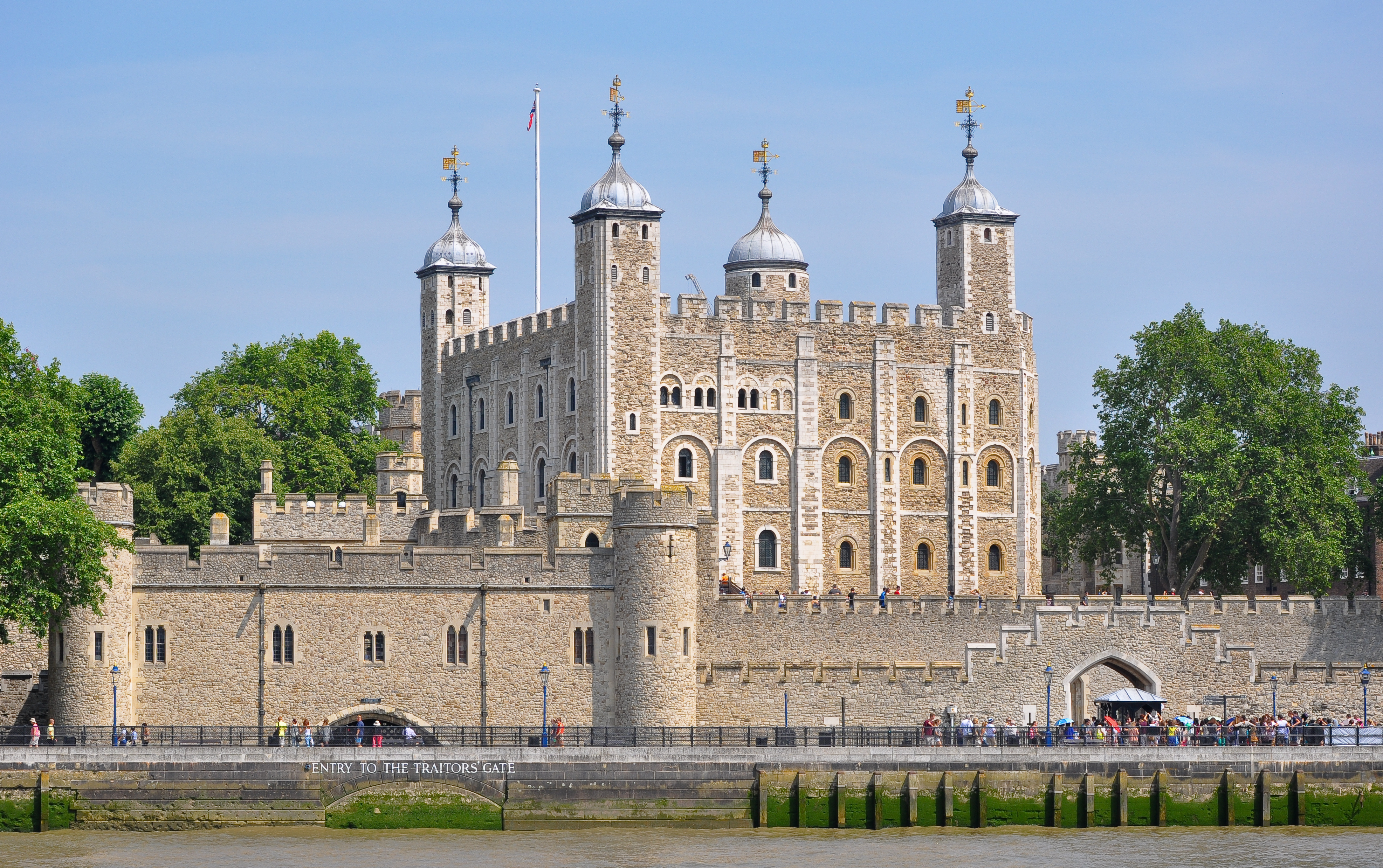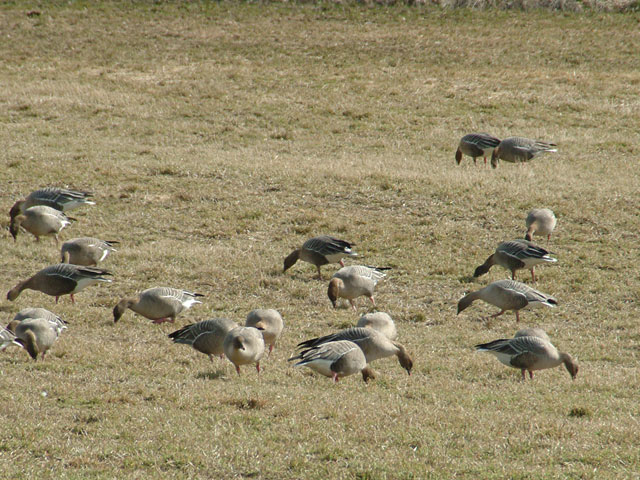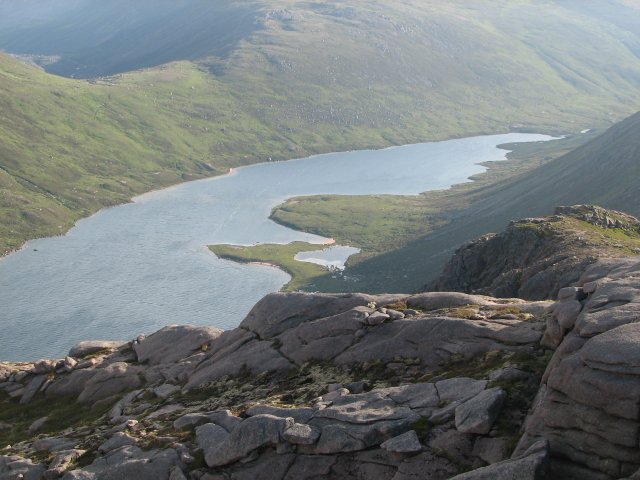|
Castle Loch
Castle Loch is a shallow eutrophic loch covering an area of around 100 hectares in the town of Lochmaben in Dumfries and Galloway, Scotland. It lies to the west of Mochrum Loch and has 2 islets. The ruined Lochmaben Castle lies at the southern end of the loch. Survey The loch was surveyed in 1903 by James Murray and later charted as part of Sir John Murray's ''Bathymetrical Survey of Fresh-Water Lochs of Scotland 1897-1909''. Wildlife and conservation Castle Loch is an important over-wintering location for the pink-footed goose and the goosander. It has been recognised as a wetland of international importance under the Ramsar Convention The Ramsar Convention on Wetlands of International Importance Especially as Waterfowl Habitat is an international treaty for the conservation and sustainable use of Ramsar site, Ramsar sites (wetlands). It is also known as the Convention on W ..., and has been designated a Site of Special Scientific Interest. References Lochs of D ... [...More Info...] [...Related Items...] OR: [Wikipedia] [Google] [Baidu] |
Castle Loch - Geograph
A castle is a type of fortified structure built during the Middle Ages predominantly by the nobility or royalty and by military orders. Scholars debate the scope of the word ''castle'', but usually consider it to be the private fortified residence of a lord or noble. This is distinct from a palace, which is not fortified; from a fortress, which was not always a residence for royalty or nobility; from a ''pleasance'' which was a walled-in residence for nobility, but not adequately fortified; and from a fortified settlement, which was a public defence – though there are many similarities among these types of construction. Use of the term has varied over time and has also been applied to structures such as hill forts and 19th-20th century homes built to resemble castles. Over the approximately 900 years when genuine castles were built, they took on a great many forms with many different features, although some, such as curtain walls, arrowslits, and portcullises, were ... [...More Info...] [...Related Items...] OR: [Wikipedia] [Google] [Baidu] |
Pink-footed Goose
The pink-footed goose (''Anser brachyrhynchus'') is a goose which breeds in eastern Greenland, Iceland and Svalbard. It is migratory, wintering in northwest Europe, especially Ireland, Great Britain, the Netherlands, and western Denmark. The name is often abbreviated in colloquial usage to "pinkfoot" (plural "pinkfeet"). ''Anser'' is the Latin for "goose", and ''brachyrhynchus'' comes from the ancient Greek ''brachus'' "short" and ''rhunchos'' "bill". It is a medium-sized goose, long, the wingspan , and weighing . It has a short bill, bright pink in the middle with a black base and tip, and pink feet. The body is mid-grey-brown, the head and neck a richer, darker brown, the rump and vent white, and the tail grey with a broad white tip. The upper wing-coverts are of a somewhat similar pale bluish-grey as in the greylag goose, and the flight feathers blackish-grey. The species is most closely related to the bean goose ''Anser fabalis'' (having even been treated as a subspecies ... [...More Info...] [...Related Items...] OR: [Wikipedia] [Google] [Baidu] |
Ramsar Sites In Scotland
This list includes all Ramsar sites in Scotland. Ramsar sites are internationally recognised wetland sites, protected under the terms of the Ramsar Convention, which was developed and adopted by participating nations at a meeting in Ramsar, Iran, on 2 February 1971. At the end of 2010, 160 states were contracting parties to the convention, and the worldwide total of sites was 1,920. The United Kingdom was one of 18 original signatories to the convention, and has since designated 168 Ramsar sites. 51 of these sites are within Scotland, including one site, the Upper Solway Flats and Marshes, which covers parts of both Scotland and England in the Solway Firth. The total area of all Ramsar sites in Scotland is approximately . All of Scotland's Ramsar sites form part of the European Natura 2000 network as either Special Protection Areas or Special Areas of Conservation, and many sites are further protected as Sites of Special Scientific Interest under UK legislation. List of Ramsar ... [...More Info...] [...Related Items...] OR: [Wikipedia] [Google] [Baidu] |
Freshwater Lochs Of Scotland
Fresh water or freshwater is any naturally occurring liquid or frozen water containing low concentrations of dissolved salts and other total dissolved solids. Although the term specifically excludes seawater and brackish water, it does include non- salty mineral-rich waters such as chalybeate springs. Fresh water may encompass frozen and meltwater in ice sheets, ice caps, glaciers, snowfields and icebergs, natural precipitations such as rainfall, snowfall, hail/ sleet and graupel, and surface runoffs that form inland bodies of water such as wetlands, ponds, lakes, rivers, streams, as well as groundwater contained in aquifers, subterranean rivers and lakes. Fresh water is the water resource that is of the most and immediate use to humans. Water is critical to the survival of all living organisms. Many organisms can thrive on salt water, but the great majority of higher plants and most insects, amphibians, reptiles, mammals and birds need fresh water to survive. Fresh ... [...More Info...] [...Related Items...] OR: [Wikipedia] [Google] [Baidu] |
Lochs Of Dumfries And Galloway
''Loch'' () is the Scottish Gaelic, Scots and Irish word for a lake or sea inlet. It is cognate with the Manx lough, Cornish logh, and one of the Welsh words for lake, llwch. In English English and Hiberno-English, the anglicised spelling lough is commonly found in place names; in Lowland Scots and Scottish English, the spelling "loch" is always used. Many loughs are connected to stories of lake-bursts, signifying their mythical origin. Sea-inlet lochs are often called sea lochs or sea loughs. Some such bodies of water could also be called firths, fjords, estuaries, straits or bays. Background This name for a body of water is Insular CelticThe current form has currency in the following languages: Scottish Gaelic, Irish, Manx, and has been borrowed into Lowland Scots, Scottish English, Irish English and Standard English. in origin and is applied to most lakes in Scotland and to many sea inlets in the west and north of Scotland. The word comes from Proto-Indo-European * ... [...More Info...] [...Related Items...] OR: [Wikipedia] [Google] [Baidu] |
Site Of Special Scientific Interest
A Site of Special Scientific Interest (SSSI) in Great Britain or an Area of Special Scientific Interest (ASSI) in the Isle of Man and Northern Ireland is a conservation designation denoting a protected area in the United Kingdom and Isle of Man. SSSI/ASSIs are the basic building block of site-based nature conservation legislation and most other legal nature/geological conservation designations in the United Kingdom are based upon them, including national nature reserves, Ramsar sites, Special Protection Areas, and Special Areas of Conservation. The acronym "SSSI" is often pronounced "triple-S I". Selection and conservation Sites notified for their biological interest are known as Biological SSSIs (or ASSIs), and those notified for geological or physiographic interest are Geological SSSIs (or ASSIs). Sites may be divided into management units, with some areas including units that are noted for both biological and geological interest. Biological Biological SSSI/A ... [...More Info...] [...Related Items...] OR: [Wikipedia] [Google] [Baidu] |
Ramsar Convention
The Ramsar Convention on Wetlands of International Importance Especially as Waterfowl Habitat is an international treaty for the conservation and sustainable use of Ramsar site, Ramsar sites (wetlands). It is also known as the Convention on Wetlands. It is named after the city of Ramsar, Mazandaran, Ramsar in Iran, where the convention was signed in 1971. Every three years, representatives of the contracting parties meet as the Ramsar Convention#Conference of the Contracting Parties, Conference of the Contracting Parties (COP), the policy-making organ of the wetland conservation, convention which adopts decisions (resolutions and recommendations) to administer the work of the convention and improve the way in which the parties are able to implement its objectives. COP12 was held in Punta del Este, Uruguay, in 2015. COP13 was held in Dubai, United Arab Emirates, in October 2018. List of wetlands of international importance The list of wetlands of international importan ... [...More Info...] [...Related Items...] OR: [Wikipedia] [Google] [Baidu] |
List Of Ramsar Wetlands Of International Importance
This is the list of Wetlands of International Importance as defined by the Ramsar Convention for the conservation and sustainable use of wetlands, recognizing the fundamental ecological functions of wetlands and their economic, cultural, scientific, and recreational value. The convention establishes that "wetlands should be selected for the list on account of their international significance in terms of ecology, botany, zoology, limnology or hydrology." Over the years, the Conference of the Contracting Parties has adopted more specific criteria interpreting the convention text. The Ramsar List organizes the Ramsar sites according to the contracting party that designated each to the list. Contracting parties are grouped into six "regions": Africa, Asia, Europe, Latin American and the Caribbean, North America, and Oceania. , 170 states have acceded to the convention and designated 2,471 sites to the list, covering ; two other states have acceded to the convention but have yet to d ... [...More Info...] [...Related Items...] OR: [Wikipedia] [Google] [Baidu] |
Goosander
The common merganser (North American) or goosander (Eurasian) (''Mergus merganser'') is a large seaduck of rivers and lakes in forested areas of Europe, Asia, and North America. The common merganser eats mainly fish. It nests in holes in trees. Taxonomy The first formal description of the common merganser was by Swedish naturalist Carl Linnaeus in 1758 in the 10th edition of his ''Systema Naturae''. He introduced the current binomial name ''Mergus merganser''. The genus name is a Latin word used by Pliny and other Roman authors to refer to an unspecified waterbird, and ''merganser'' is derived from ''mergus'' and ''anser'', Latin for "goose". In 1843 John James Audubon used the name "Buff-breasted Merganser" in addition to "goosander" in his book ''The Birds of America''. The three subspecies differ in only minor detail: * ''M. m. merganser'' – Linnaeus, 1758 is found throughout northern Europe and northern Asiatic Russia. * ''M. m. orientalis'' – Gould, 1845 (syn. ''M ... [...More Info...] [...Related Items...] OR: [Wikipedia] [Google] [Baidu] |
John Murray (oceanographer)
Sir John Murray (3 March 1841 – 16 March 1914) was a pioneering Canadian-born British oceanographer Oceanography (), also known as oceanology and ocean science, is the scientific study of the oceans. It is an Earth science, which covers a wide range of topics, including ecosystem dynamics; ocean currents, waves, and geophysical fluid dynamics ..., marine biologist and limnologist. He is considered to be the father of modern oceanography. Early life and education Murray was born at Cobourg, Ontario, Cobourg, Canada West (now Ontario) on 3 March 1841. He was the second son of Robert Murray, an accountant, and his wife Elizabeth Macfarlane. His parents had emigrated from Scotland to Ontario in about 1834. He went to school in London, Ontario and later to Cobourg College. In 1858, at the age of 17 he returned to Scotland to live with his grandfather, John Macfarlane, and continue his education at Stirling High School. In 1864 he enrolled at University of Edinburgh to study ... [...More Info...] [...Related Items...] OR: [Wikipedia] [Google] [Baidu] |
Dumfries And Galloway
Dumfries and Galloway ( sco, Dumfries an Gallowa; gd, Dùn Phrìs is Gall-Ghaidhealaibh) is one of 32 unitary council areas of Scotland and is located in the western Southern Uplands. It covers the historic counties of Dumfriesshire, Kirkcudbrightshire, and Wigtownshire, the latter two of which are collectively known as Galloway. The administrative centre and largest settlement is the town of Dumfries. The second largest town is Stranraer, on the North Channel coast, some to the west of Dumfries. Following the 1975 reorganisation of local government in Scotland, the three counties were joined to form a single region of Dumfries and Galloway, with four districts within it. The districts were abolished in 1996, since when Dumfries and Galloway has been a unitary local authority. For lieutenancy purposes, the area is divided into three lieutenancy areas called Dumfries, Wigtown and the Stewartry of Kirkcudbright, broadly corresponding to the three historic counties. ... [...More Info...] [...Related Items...] OR: [Wikipedia] [Google] [Baidu] |
James Murray (biologist)
Dr James Murray FRSE (21 July 1865, Glasgow – February 1914) was a biologist and explorer. Early life and education He was born at 50 Charlotte Street in Glasgow the son of William Murray, a grocer, and his wife, Janet McMurray. He studied Zoology at Glasgow University and took art classes at Glasgow School of Art. Career In 1902, he assisted the oceanographer Sir John Murray with a bathymetric survey of Scottish freshwater lochs. Murray undertook both biological and bathymetric surveys. In particular, he contributed to tardigrade and bdelloid rotifer science: describing 113 species and forma of rotifer and 66 species of tardigrade. In July 1907, he was elected a Fellow of the Royal Society of Edinburgh. His proposers were Sir John Murray, George Chrystal, James Burgess and Thomas Nicol Johnston. He was awarded the Society's Neil Prize for the period 1909-11. In 1907, at the age of 41, he served under Ernest Shackleton on the Nimrod Expedition where he was in charge o ... [...More Info...] [...Related Items...] OR: [Wikipedia] [Google] [Baidu] |








